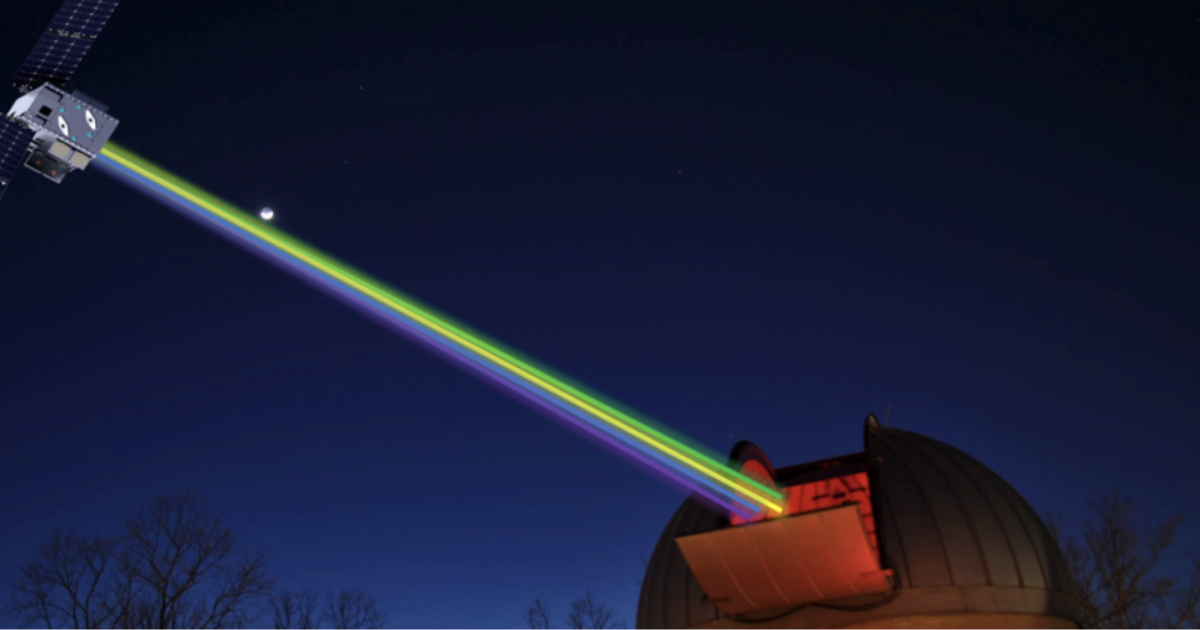
NASA is constantly performing experiments to learn more about the universe, and more about life hear on Earth.
While many of them go unnoticed by the general public, the “Landolt” mission, scheduled to launch in 2029, may get some much-deserved press.
The mission is based on launching an object into space that is about the size of a toaster. This object has eight lasers onboard, which will be fired back toward the Earth.
The point of the experiment is to allow scientists to determine exactly how bright the lasers are. This information can then be used to extrapolate how bright distant stars are much more accurately.
David Ciardi, the NASA Exoplanet Science Institute deputy director and Caltech astronomer, released a statement explaining:
“Even with today’s modern instruments, measurements of the true brightness of stars have only been known to a few percent. Landolt will enable an improvement in those measurements by more than a factor of ten. Understanding the true brightness of stars allows us to understand the stars better, and, perhaps more importantly, understand the planets that orbit the stars better.”
Up to this point, scientists have been analyzing stars and determining their brightness and other information about them using other instruments that are not nearly as accurate. The stars were then classified into catalogs of stellar brightness.
This catalog was first developed in 1973 by Alro Landolt, whom this new mission is named after.
Once the information is collected from these lasers, scientists will be able to compare what is learned with the known brightness of stars to provide new and more accurate information.
The new information will help scientists learn more about our universe. Jamie Tayar, a member of the mission and a University of Florida assistant professor of astronomy, commented:
“The goal is to be able to figure out, for other planets orbiting other stars, whether they too could have oceans where life could presumably arise and live. For each star, you need to know exactly how much energy is coming from the star, and exactly how far away the planet is, and so on.”
While the launch of this mission is still a few years away, many people in scientific communities are excited about its potential. While the lasers from this mission will not be able to be seen with the naked eye, they will be visible even from relatively low-powered telescopes. This means amateur astronomers can see the science in action.
Once launched, the device will settle into a synchronous orbit of 22,236 miles above a set point on Earth, allowing it to beam the lasers directly into the specially designed instruments.
If all goes well, scientists will be learning a lot about the stars in the coming years.
If you thought that was interesting, you might like to read about the mysterious “pyramids” discovered in Antarctica. What are they?